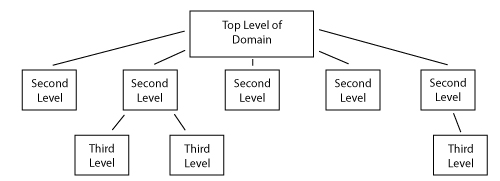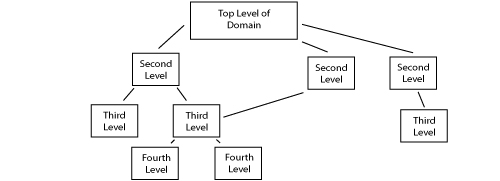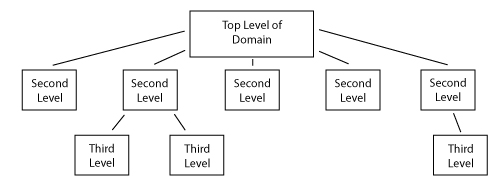The term “flat website” can have negative connotations and can be misinterpreted as a negative thing; perhaps conjuring the image of a site which only has a handful of pages, or in other words the opposite of a content site.
A Flat Website
The reality is that a flat website is actually exactly what you want from your site as this refers to the architecture of your site and how user and search engine friendly it is.
As a webmaster, you want to develop your site into a content site as this significantly helps you in the SERPs. You want to be careful with how you organize your site, however.
You never want to and should never have a reason to go beyond 3 levels. This makes it increasingly difficult for search engines to crawl. If it’s too difficult for a search crawl spider to find your content because it’s buried 5 levels down, it won’t find it.
In the same vein, the more levels you have, the more difficult it is to spread link juice amongst your pages; so you’re effectively shooting yourself in the foot as far as ranking in the search engines is concerned by using too many levels for your content.
Take a look at this diagram as an example of an overly complex and too deep site architecture:
Note that there are too many levels of content, it’s difficult to access many of the deeper levels without having to go through this linear path first, and ultimately it’s too confusing and complex for both the search engine crawlers and anyone browsing your site.
Now let’s look at a flat site architecture:
This design is much easier to surf and crawl for all involved.
Maintain a flat website architecture, using a search box, and create a sitemap when possible for better crawling and accessibility.


